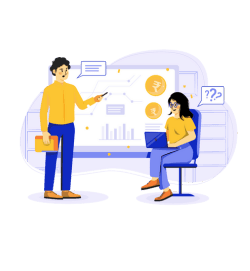Personal Finance Courses

Unlock the secrets to mastering your finances with our comprehensive personal finance course in India. From budgeting basics to investment strategies, learn essential skills on Smart Money to secure your financial future confidently.
34157 learners enrolled
Chapters
25 Chapters
Duration
3 Hr
Certificate and Badges
Included (Free)
Points
0
This is one of the best personal finance course in india that covers a wide range of topics, including budgeting, saving, investing, retirement planning, estate planning, and more. With practical insights and actionable knowledge, our free personal finance course with certificate ensures you develop the necessary skills to effectively manage your finances and achieve your financial goals.
- Budgeting
- Debt management
- Investment planning
This course is free, you just have to login to track your progress, earn badges, and access additional features, its free!
Upon successful completion of the course, you will be awarded an exclusive Badge of Achievement. This Badge not only signifies your commitment to mastering the intricacies of the stock market but also serves as a valuable asset to showcase on professional platforms like LinkedIn.




